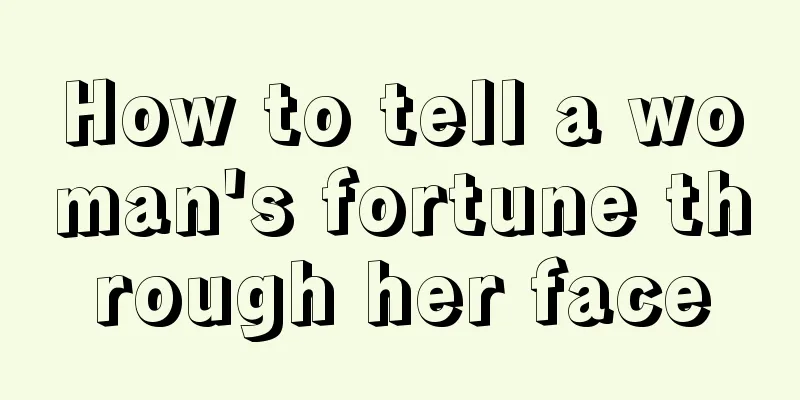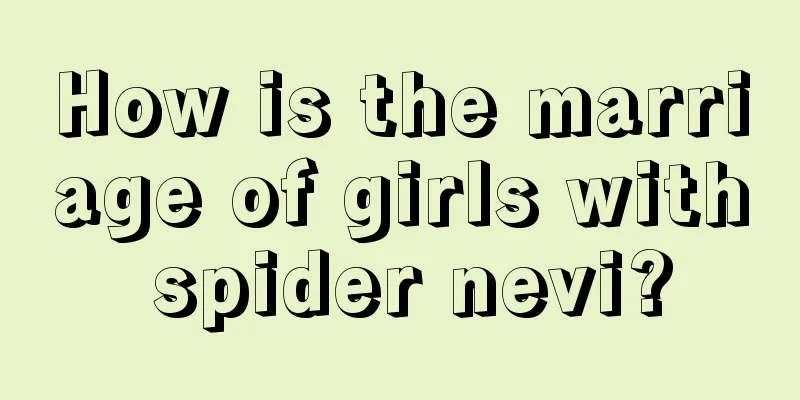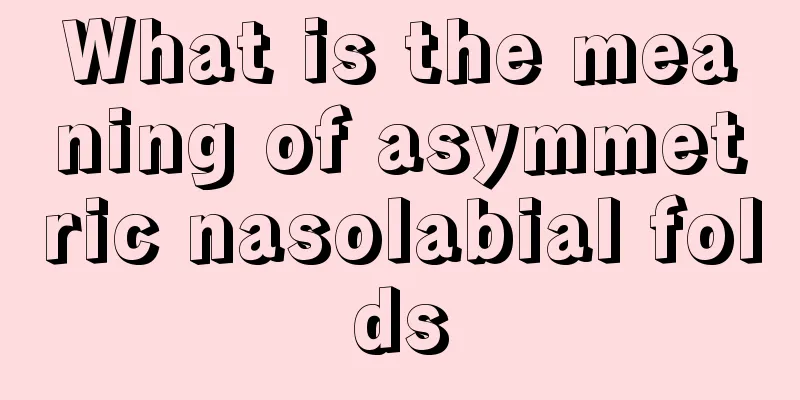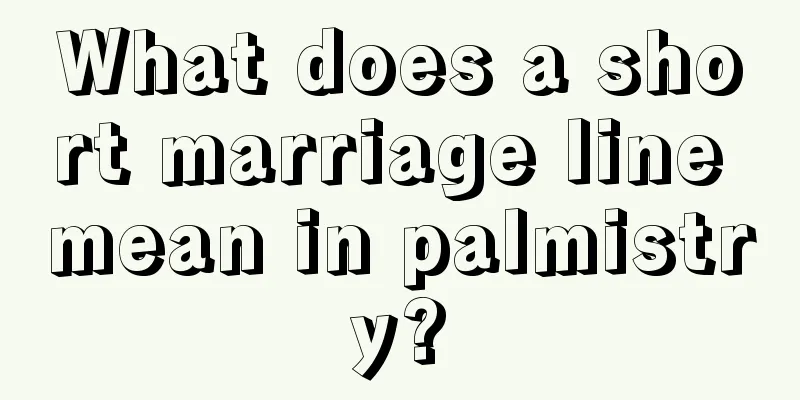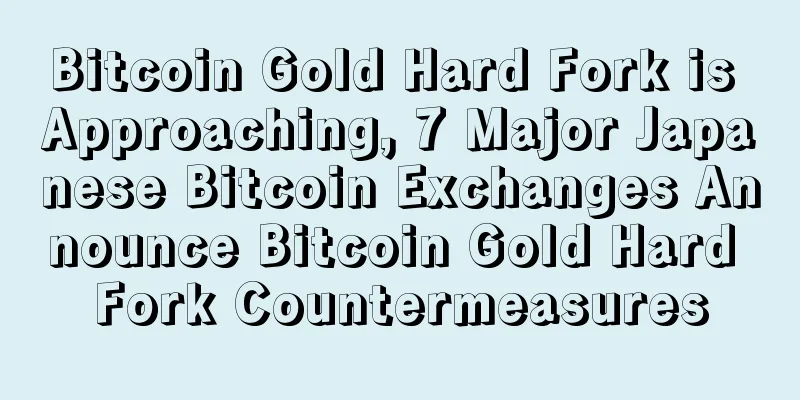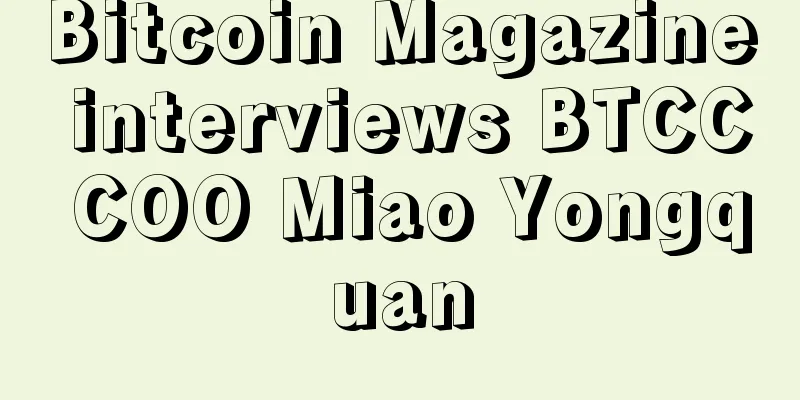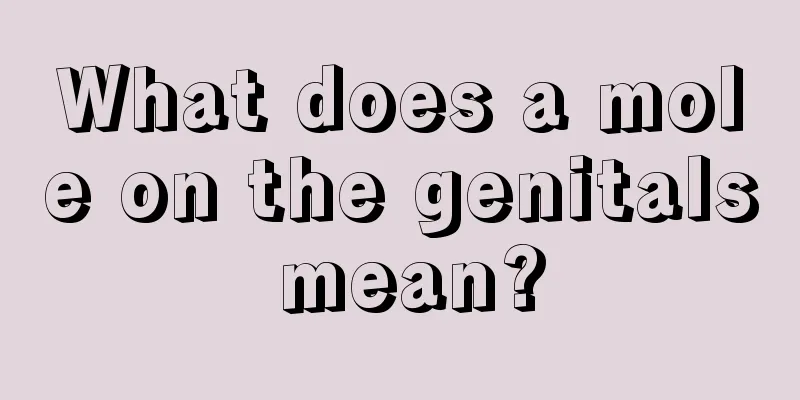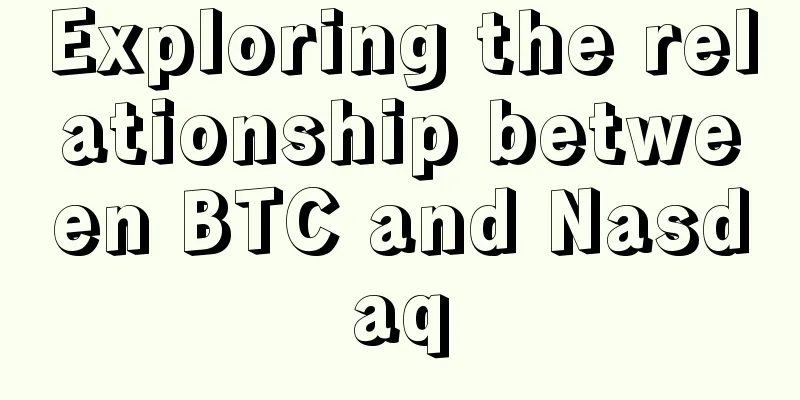An Investor's Guide to Blockchain: Does This 'Cool' Project Really Need Blockchain?
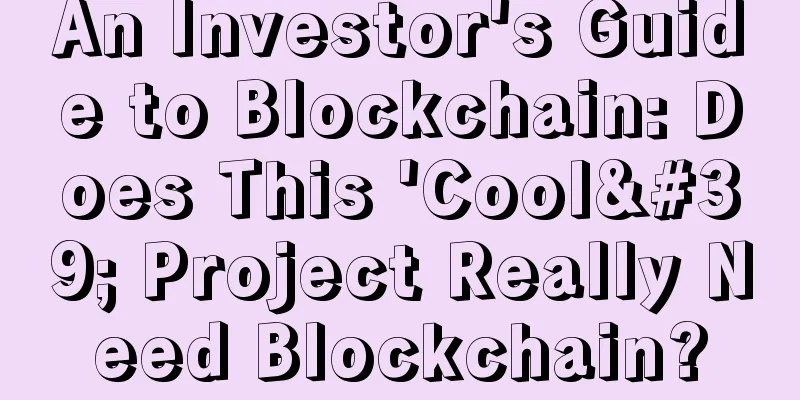
|
In a previous article, I described the reasons behind the blockchain hype, its consequences, and how to successfully use this technology. I receive many requests every day to help with some blockchain projects. However, in fact, I think that many projects do not need to use blockchain. There are other types of architectures that can be used, and blockchain (with native tokens and ICOs is what they want :)) is just one of them. Then the problem comes Blockchain, broadly defined, is a mechanism for reaching consensus among multiple parties in a shared database that does not trust each other. But in reality, blockchain is only needed when managing a
This is irrelevant to the discussion of permissioned vs permissionless chains (or private vs public chains). Also, the type of consensus doesn’t matter, it all depends on the environment these systems are running in. For example, if a project is transacting with a fully regulated asset, miners (I’ll use the term “validators” below) need to be licensed. I have a model that describes these criteria and answers which type of consensus (rewards, penalties) is appropriate when a project needs a native token, but I’ll explain that in detail in the next post. When a project doesn’t need blockchain at allThe open network model consists of many creators and consumers of information (possibly buyers and sellers), who are not related to each other. The blockchain restricts the way users interact, for example, they must follow some predefined rules and users must wait for confirmation from all validators. Therefore, in the full sense, the blockchain is not a p2p network. An example of an open network is the cloud computing market, where there are many providers providing such services, competing for customers, and they do not need a blockchain to record events or select providers (although it would be convenient to have the same API and be able to switch on the fly). Below, I will directly give examples that do not require the use of blockchain:
Many people will disagree with this statement, but the criteria is the same. If you believe that IoT needs blockchain, then answer the question “ For what reasons does IoT need blockchain? ” Your answer will probably be “identity and payments”, then the result will be an effective identity and established payment solution that IoT will use, and I will provide more examples below. Fifty shades of grey The community will also come to the conclusion that different blockchains need to be connected to each other and run as a heterogeneous network (composed of different networks). Many platforms are doing this, such as Sidechain, Infra, Hyperledger, Interledger, Ethereum (after sharding is implemented in the future). Multi-blockchain systems are more scalable and have a higher resistance to attacks (because each chain is independent). We call them While there are many issues with multi-blockchain architectures, it is clear that there is no one-size-fits-all solution. I will describe different plans and their respective applications in the next article. ModelThe only criteria I can come up with to distinguish between architecture types are:
A clear definition of the business problem helps to identify the core assets and their degree of scarcity. I will try to provide examples of four types of assets that correspond to market networks and open networks. To provide some comments: entities managed by an open network are not actually scarce, but reputation or IOU (such as debt) are in an awkward position. They are valuable in a limited environment. For example, reputation is usually not transferable and it cannot be expanded. Let’s look at some questions that can help you understand the type of architecture that’s right for each business case. Analysis of the idea of “blockchain”When you analyze a blockchain company, ask yourself: What is the core asset? What is the purpose of the network? example:
The next series of questions will be: Who is reaching consensus? How many participants should be involved in the validation process? What are the reasons (incentives) to participate in validation? exampleThere are some cryptocurrencies (I won’t mention their names) where the price of the token is related to the number of users. But how can the validators verify how many real users have joined the system? I'm afraid only the controller of the network can verify it. Besides the mathematics (digital signatures, account and data input status), the validator cannot verify anything else in their copy of the blockchain. Solving the problem
Why do these blockchains manage more than one currency (core assets + their own tokens):
in conclusionIn just three steps, you can understand whether a blockchain project is worthy of your attention:
I hope this article can help you better understand blockchain projects. |
>>: 8 Major Bitcoin Debit Cards Explained: How Private and Anonymous Are They?
Recommend
What kind of men are loyal to their feelings and loyal to their marriages?
Men with full cheekbones are loyal and devoted to...
What kind of face can make a man marry a good wife?
If a man can marry a virtuous wife, not only will...
How to tell if a man is destined to have a second marriage
Although everyone hopes to be with one person for...
What does the best woman who can bring good luck to her husband and children look like?
What does a woman who brings good luck to her hus...
The life fortune of people with moles on their noses
People with moles on the bridge of their nose oft...
Silk Road founder Ross Ulbricht attempts to appeal
Bitcoin House News January 14 CoinDesk news Ross ...
A woman with good relationships with the opposite sex has a mole on her left waist
How to interpret the mole on a woman’s left waist...
Are men with crescent eyebrows good? They are extroverts and good at socializing!
What is the personality of a man with crescent ey...
What does it mean if a mole grows on the index finger?
In fact, some moles on our hands are quite large....
Teach you how to tell your fortune from your forehead and how to tell your life from your forehead
The forehead is a very important part in physiogn...
What kind of women are prone to cheating? You can tell by looking at these places
In fact, many people cannot accept that their sig...
Hostile to crypto assets? The IMF's evolving attitude towards crypto asset regulation
In recent years, crypto assets and their underlyi...
What does it mean that the eyebrows are pressed against the eyes? Is the fate of the person with eyebrows pressed against the eyes good or bad?
People with brows pressed against their eyes have...
What is the special meaning of moles on the ears?
Compared with moles on the face, nose bridge or f...
Moles on a woman's nose represent
In daily life, there are many women with moles on...
